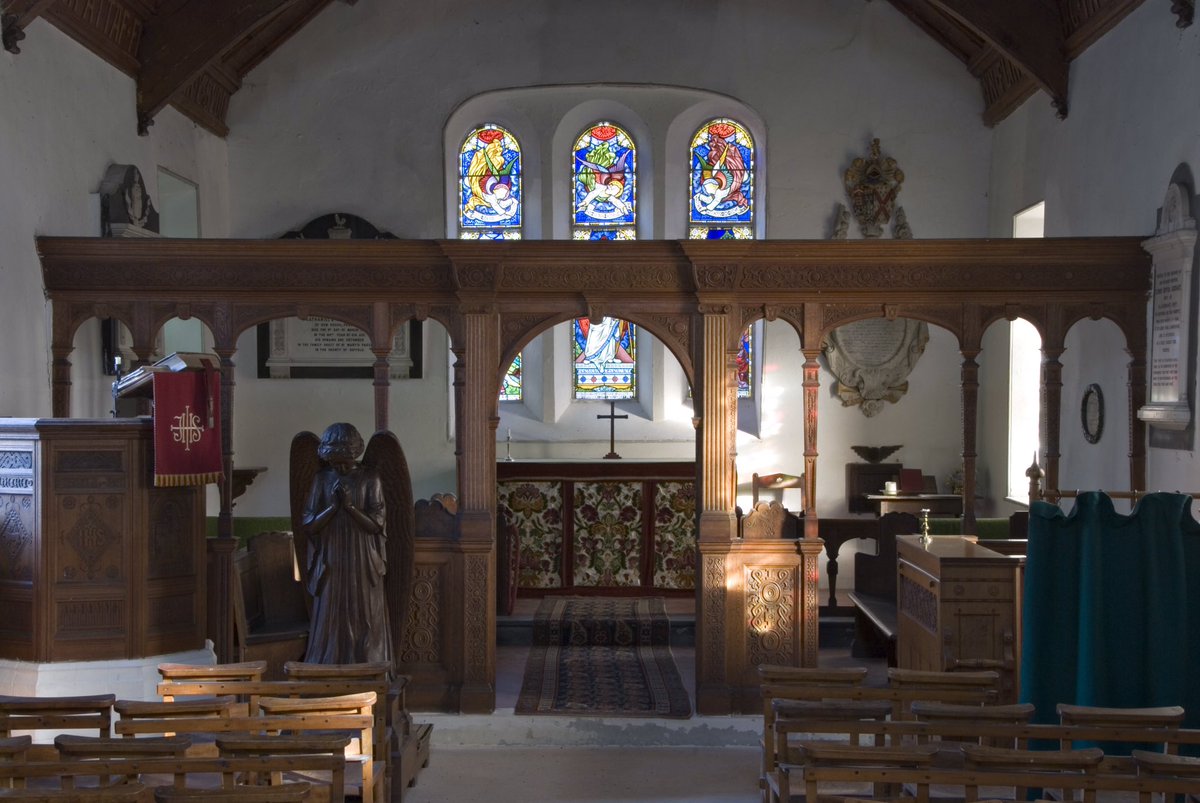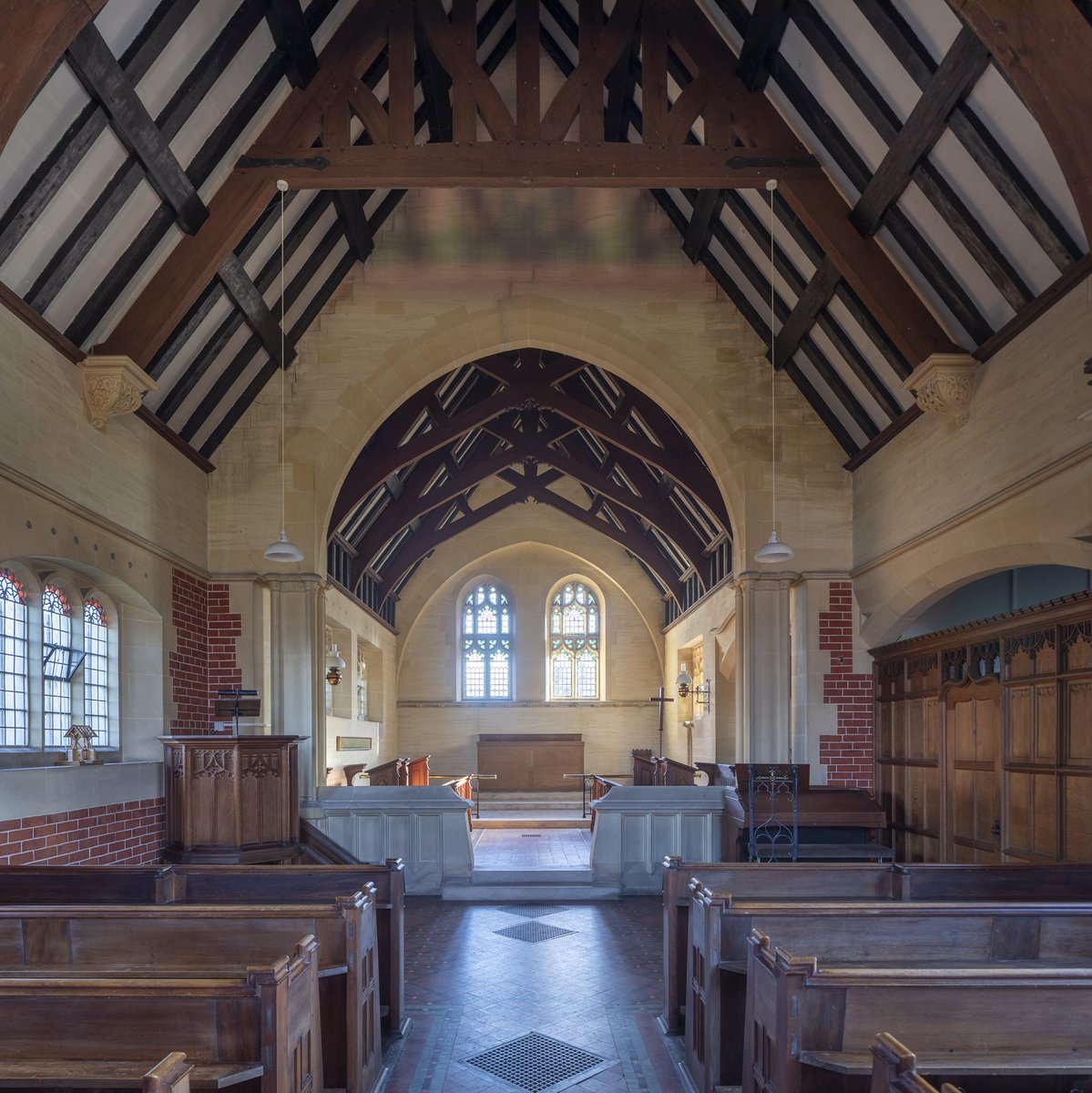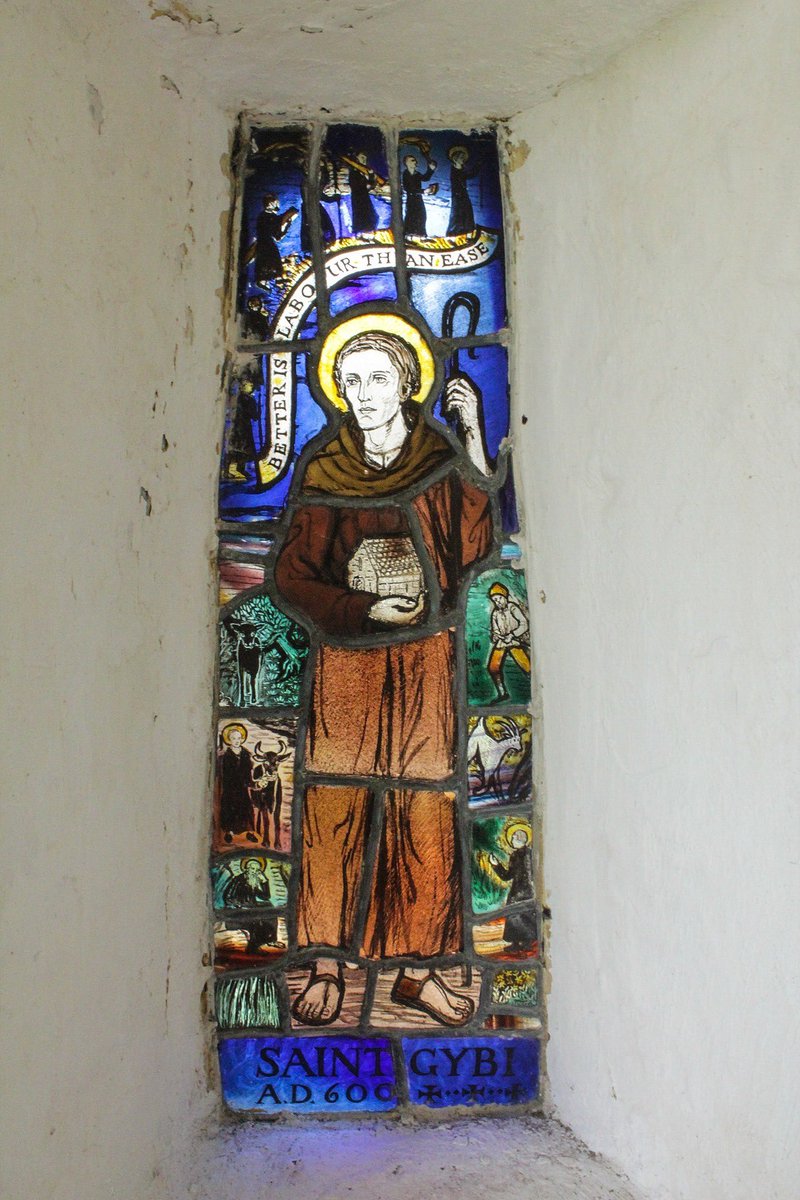
In our churches are the stories of countless women. Women who worked lead, glass and oak. Women who fought and suffered for their beliefs. Women who made scientific breakthroughs. Women who poured their pain, love and devotion into making their corner of the world better.
#thread
#thread

In the 5th century, at Llanelieu, Powys, Ellyw defied her family’s wishes, dedicating her life to Christ. At the site of her murder, a church was built.
1,500 years later, Bertha Kessler and Katherine Hudson built their own church overlooking Gloucestershire’s Golden Valley.
2/

1,500 years later, Bertha Kessler and Katherine Hudson built their own church overlooking Gloucestershire’s Golden Valley.
2/


World Wars shaped Constance Greaves and Joan Howson’s lives. Working more than 60 years apart, they each lent their craft skills to enrich St Beuno’s, Penmorfa. In the 1890s, Greaves carved the screen, pulpit and lectern. Howson created hagiographic windows in the 1950s.
3/

3/


In 1895, Louisa Tooth tragically lost her husband. In his memory, she commissioned a church that brought the warmth of Tuscany to the Welsh countryside.
Four years later in Wiltshire, Mary Barton left £10,000 for a chapel of ease in memory of her husband and son.
4/

Four years later in Wiltshire, Mary Barton left £10,000 for a chapel of ease in memory of her husband and son.
4/


In 1885, graduates Beatrice Taylor and Ellen Stones came to Penmorfa with the Sedgwick Club, and helped make geological and paleontological discoveries that would change our understanding of the past forever… while suffragette, Isabel Seymour fought to change our future.
5/

5/


The hallways of history reverberate with women’s stories, voices, work and legacies.
We’ve dedicated part of our website to them. You can read more here: friendsoffriendlesschurches.org.uk/celebrating-wo…
We’ve dedicated part of our website to them. You can read more here: friendsoffriendlesschurches.org.uk/celebrating-wo…

• • •
Missing some Tweet in this thread? You can try to
force a refresh






















